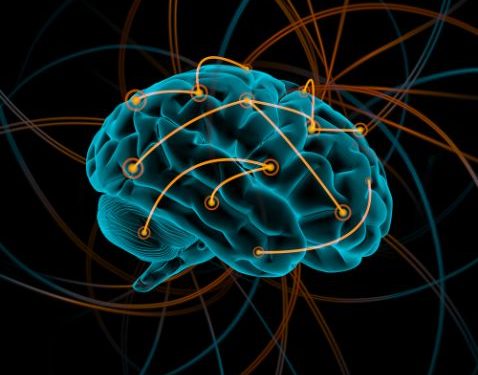Understanding the role of cancer stem cells in the progression of cancer is vital to effective treatment. In most cases, cancers arise in tissues where constant proliferation is necessary to maintain a healthy population of differentiated cells. Unlike in most other tissues, where constant proliferation is not necessary, cancer stem cells undergo a highly orchestrated process of replacement. These cells are derived from a small population of self-renewing adult stem cells that divide in limited cycles.
Tumor heterogeneity within a tumor and between tumors complicates cancer diagnosis and treatment. Cancer stem cells (CSCs) exhibit a characteristic ability to repopulate and develop through alterations in their genetics, epigenetics, and other characteristics. The unique properties of cancer stem cells make them useful for cancer therapy. In addition to their capacity to repopulate, these cells exhibit long-term repopulation potential. Normal stem cells are subject to growth controls. However, interactions between cancer cells and their microenvironment promote CSC properties and survival.
Most types of cancer are curable if detected early. Unfortunately, many patients do not survive long after the tumor has spread. Cancer stem cells in head and neck tumors make it extremely difficult to treat, and current chemotherapies have a significant number of side effects. But if we were able to find a way to target cancer stem cells directly, treatments could be more effective and would result in fewer side effects.
Chronic chemotherapy can lead to increased expression of EMT and stem cell markers, as well as increased levels of the anti-apoptosis protein Bcl-2. TGF-b are known to promote the development of CSCs and EMT in non-CSCs. Both SMAD and TGF-b are involved in cancer stem cell metabolism. This leads to increased drug resistance. Further research is needed to identify the exact role of cancer stem cells in different types of cancer.
Although cancer stem cells may be a major cause of resistance to chemotherapy, they are also capable of metabolic adaptation. Metabolic reprogramming is the process by which cancer cells shift their cellular bioenergetics, which is an inherent feature of cancer. Moreover, cancer stem cells (CSCs) fulfill these demands by shifting phenotypes. As a result, CSCs are thought to be plastic. Their metabolic state varies, allowing them to switch between a stem-like phenotype and a glycolysis-like phenotype. Furthermore, different phenotypes of CSCs may correlate with metabolic differences, adding heterogeneity to the population and restricting the efficacy of conventional therapies.
The tumor hierarchy model argues that tumors contain several different types of cancer stem cells. The optimal stem cell line may be specific to its environment, but secondary stem cell lines may be more effective in other environments. Furthermore, the tumor hierarchy complicates attempts to identify the exact origin of the cancer stem cells. It also affects the design of specific cancer stem cell treatment regimens. It may also complicate attempts to pinpoint the source of tumors using gene expression.









